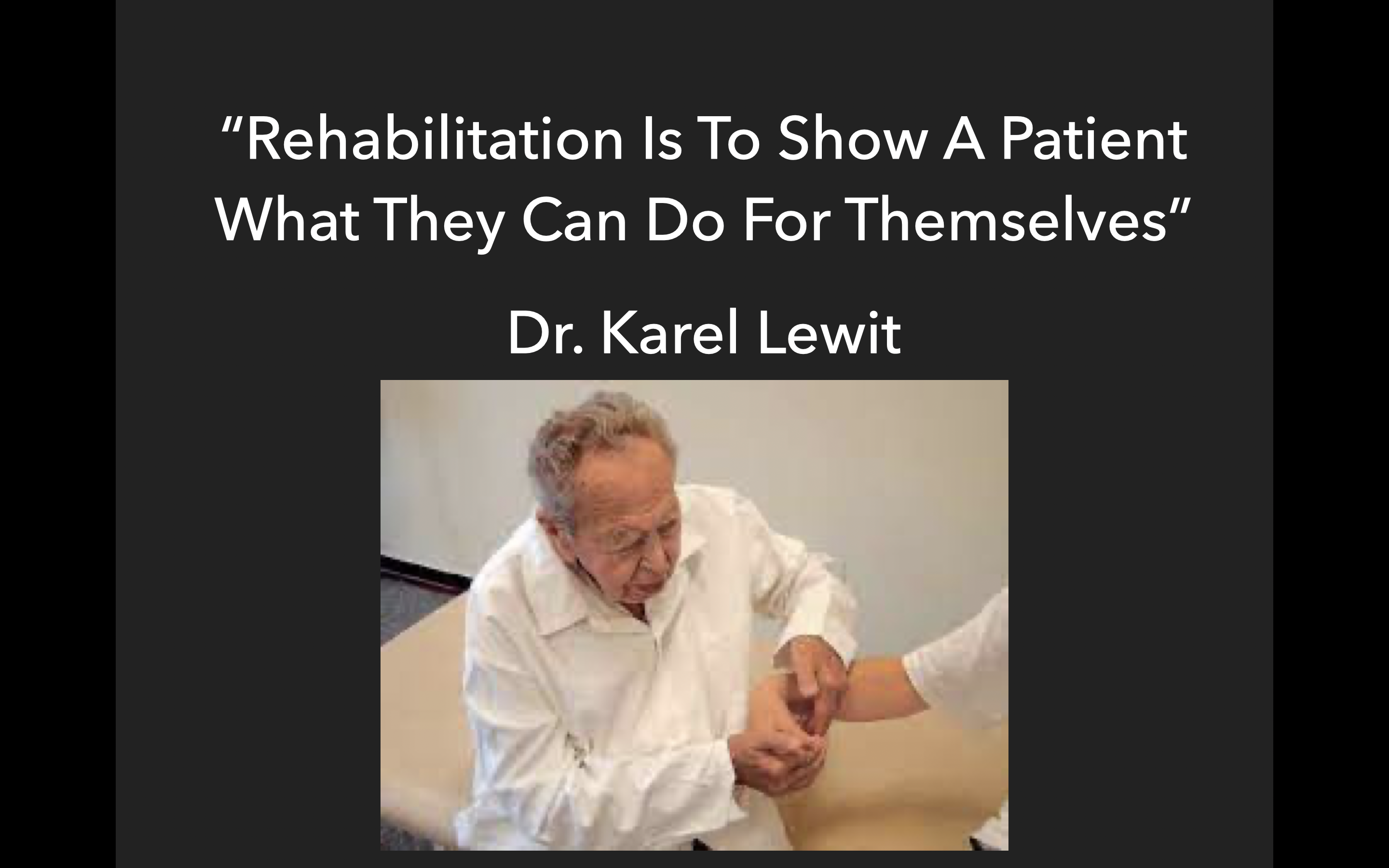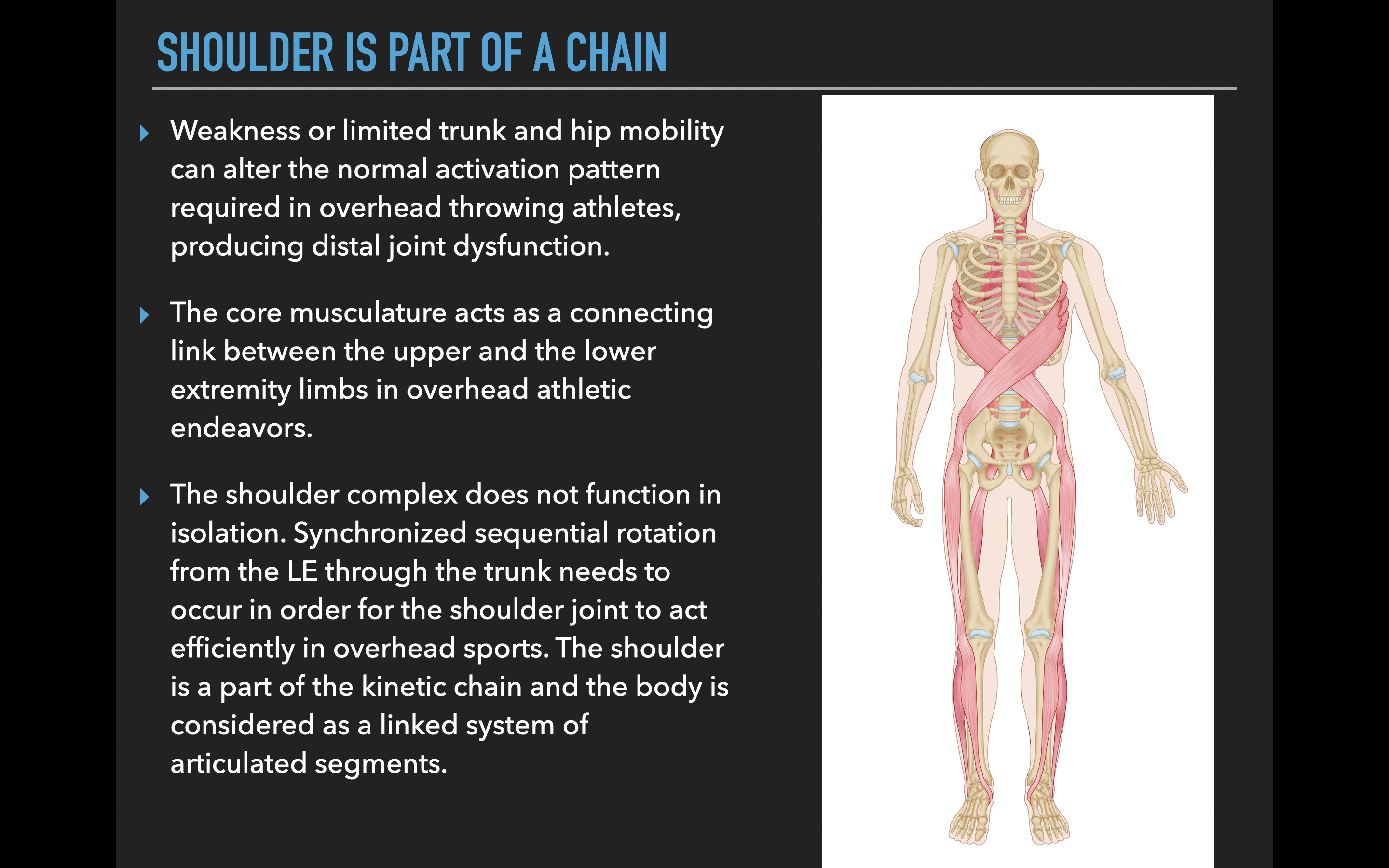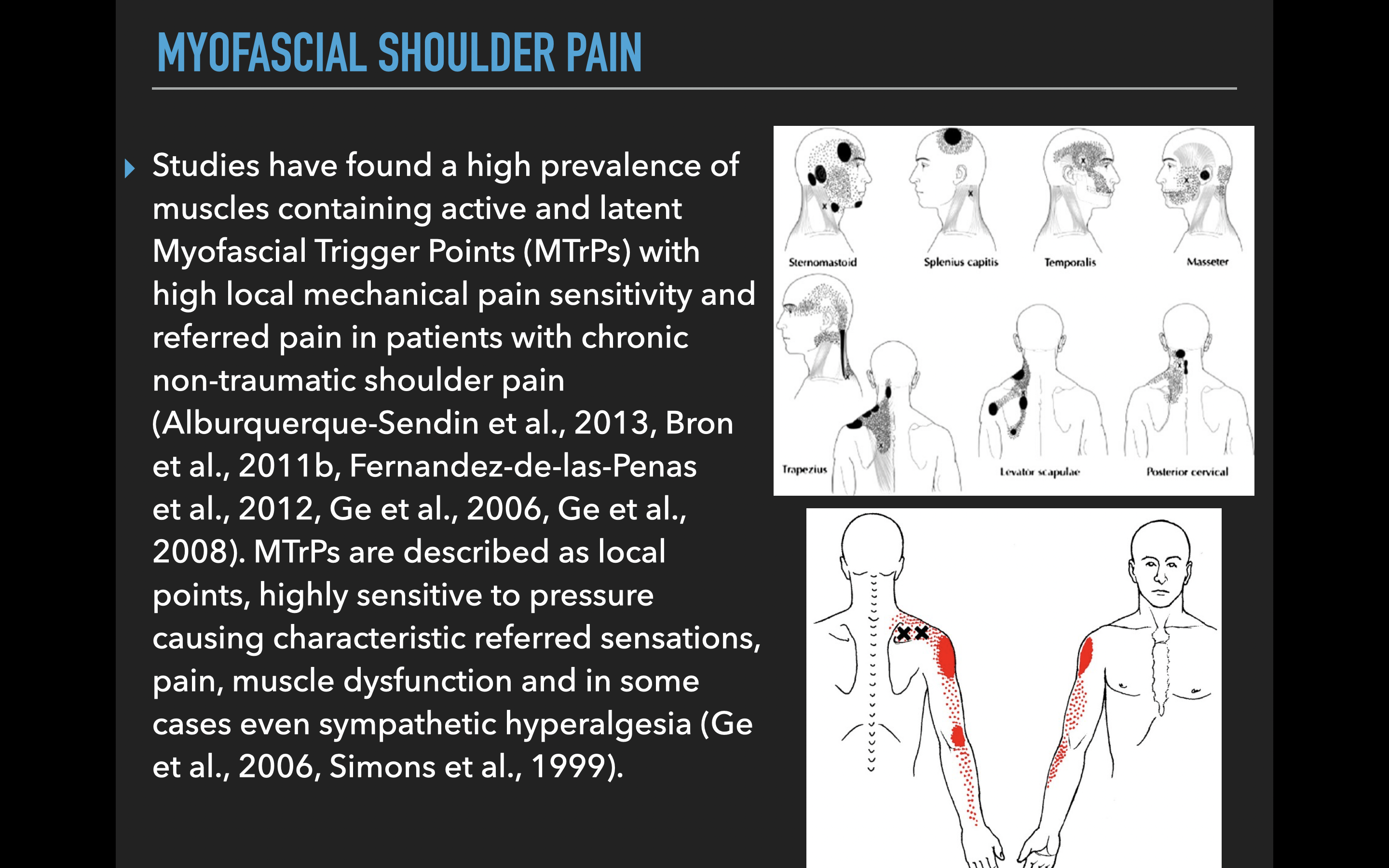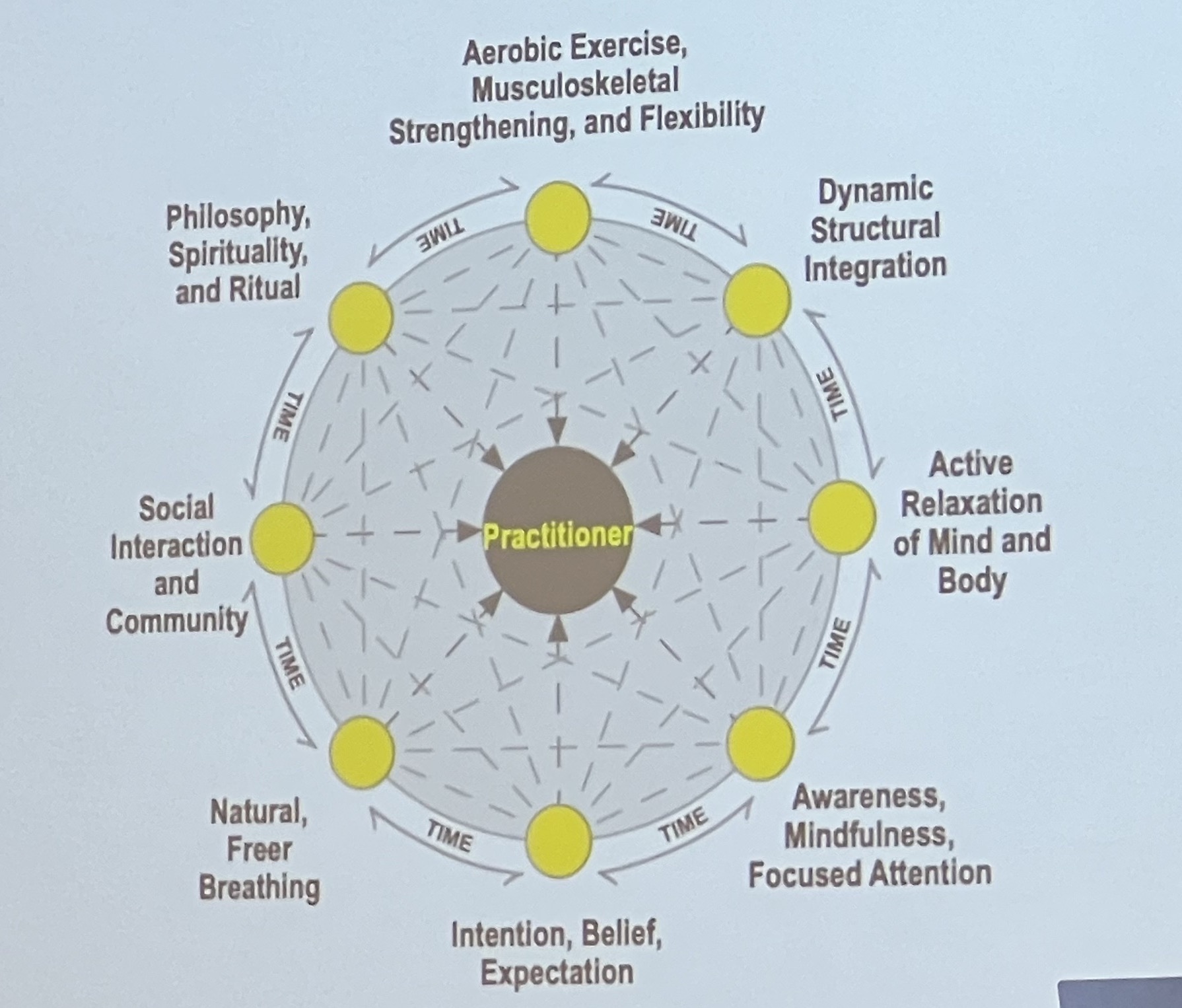Why Your Shoulder Pain Isn’t Getting Better
2024-02-22
It has been right up there with problematic low backs and knees. In some instances, it felt like I would get a flurry of clients all battling some form of chronic shoulder issues. They would tell me about how it has been bothering them like “this” for years and often played a significant role in why they believed they couldn’t achieve their fitness goals.
Now, you are probably thinking, “but Josh have they tried…..” and the answer was often a resounding yes! That included everything from medications, physical therapy, soft-tissue treatments, acupuncture, and much, much more. I often joke that for many people, I felt like I was a last resort which was kinda odd. I was commonly the last person they went to, but that is okay. My goal was to show them what we could do to improve their shoulder issues!

First thing is to understand I never did two things. One was not tell them I could fix their issues, I know the pain science and I realize that there are MANY factors that impact one’s perception of pain. The goal, I would share, was to make it a significantly smaller part of their life and feel like they could do so much more of what they enjoyed in their lives. The other mistake I made sure to avoid was telling people that I was going to do anything. That is because I wanted to empower people to take control of their lives and health. Sure, I would guide, teach, and instruct on what I found to be most beneficial, but it was up to THEM to do the work!
There is a reason that research has shown that over 50% of people that experience shoulder pain will have symptoms 6-18 months after the initial incidence of pain. It is because pain is VERY complicated and is influenced by many factors in our life. That is why the biopsychosocial model has become so important in the medical field and specifically areas like pain science.

This is why it is absolutely CRUCIAL to see something like chronic shoulder pain as not just ONE thing. So many people want to tell you that a single muscle like the rotator cuff or maybe the serratus anterior are the culprits in your issues. While those areas of the body might have problems, they didn’t start having issues all of a sudden and all on their own. There is often an issue with the entire chains of the body that have caused these muscles to be really overworked. Research shows the answer isn’t trying to address these muscles or areas of the body (like the scapula) individually, but in a more integrated approach.

Of course muscles and joints are just a small part of the overall equation with shoulder pain. We also know connective tissue, specifically fascia, can develop pain in these areas. These are often referred to as myofascial trigger points and can refer pain to other sites of the body. That is one reason that a large amount of people that experience shoulder pain also have pain in other sites of the body.
View this post on Instagram

We already have issues of the kinetic chain, connective tissue issues, but that also means we have to consider core stability, hip function, as well as foot issues when it comes to shoulder pain. Why? Because these areas influence the ability of the upper body to function correctly. This is just the physical thought and it may seem like a lot already.
New pain science has also shown other variables that can play a role in our experience of shoulder pain. Chronic stress is another factor and as the research explains, “Experimental studies have shown that mental stress results in an increased muscle tension in the neck and shoulder region. Several explanatory models explain the correlation between the increased muscle tension and musculoskeletal disorders.”
We are all going to experience chronic stress, but HOW we experience it is the difference. When we can’t deal with stress in better ways, our body and mind are impacted. Poor sleep, emotional trauma, relationship issues, and nutrition can also play a significant role in how we experience shoulder pain. How in the world do we address all these issues and have time to train and have a life?
That is why the medical community has been very involved in new research around mind-body practices. Ancient practices like yoga and tai chi are good examples of mind-body practices, but it is not limited to these movement systems. When we have movement, visualization, mindfulness, breath work, stability, stretching, and more, we have a practice that can address many of these issues all at once. When we have a calmer mind we also can help some of those emotional variables as well while also improving things like sleep and our eating habits.

A slide from my time attending the Harvard Medical School symposium on whole person health
It doesn’t have to be complicated, but it does take practice. That is why we are launching our Myofascial Integrated Movement (MIM) shoulder program TODAY for our DVRT community. With over 100 exercises and 9 months of work (actually more when you repeat the practices which you should!), this MIM program is designed to help anyone with their chronic shoulder issues. Is this magic? Nope! Do you have to be consistent and do the work while being intentional? Yup!
The rewards though will not only help your shoulder pain, but also areas of your life that you feel like you struggle with along with improving your functional training overall. What is an example? Check out some great solutions in our Myofascial Integrated Movement programs 30% off with code “July30” HERE
© 2025 Ultimate Sandbag Training. Site by Jennifer Web Design.







